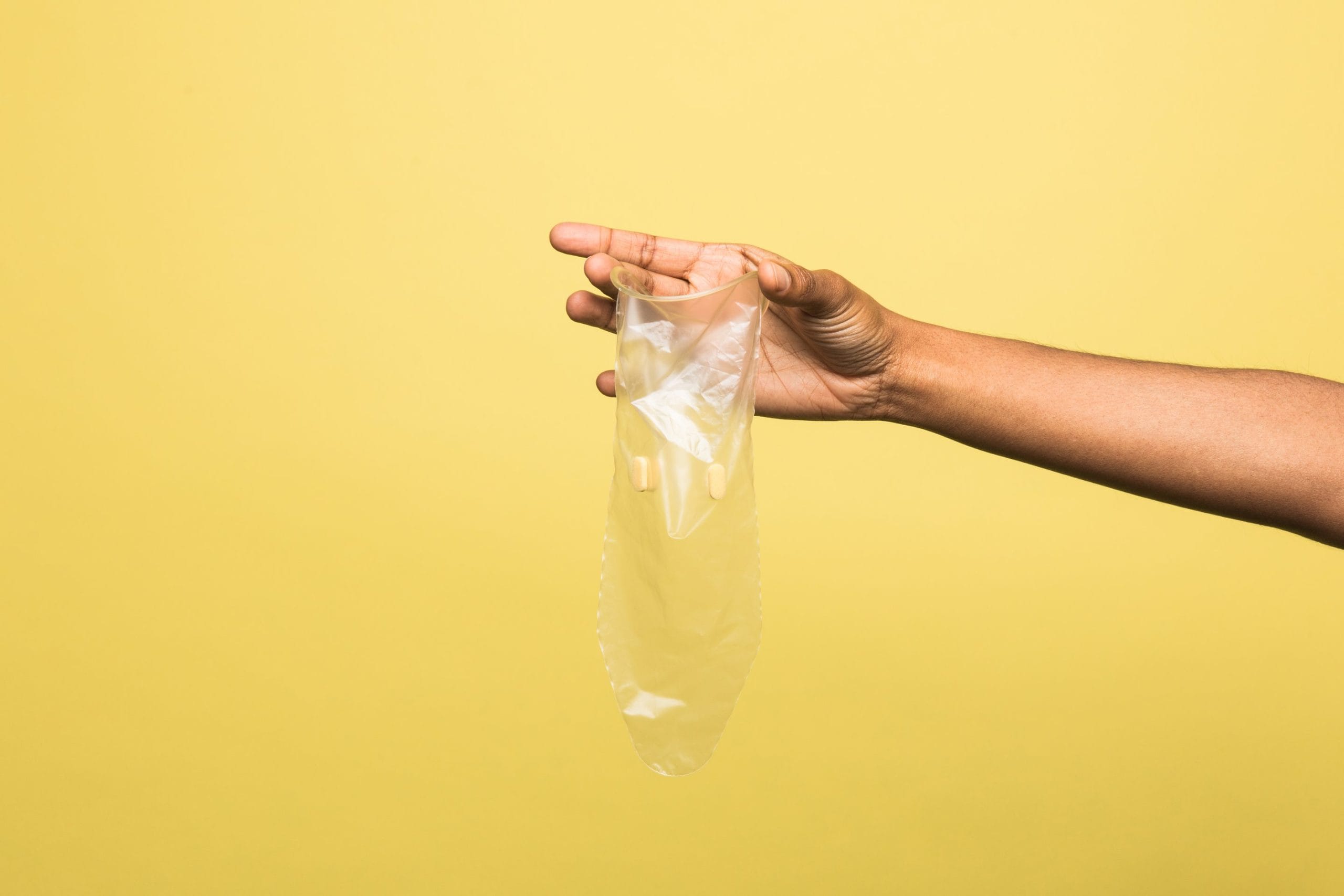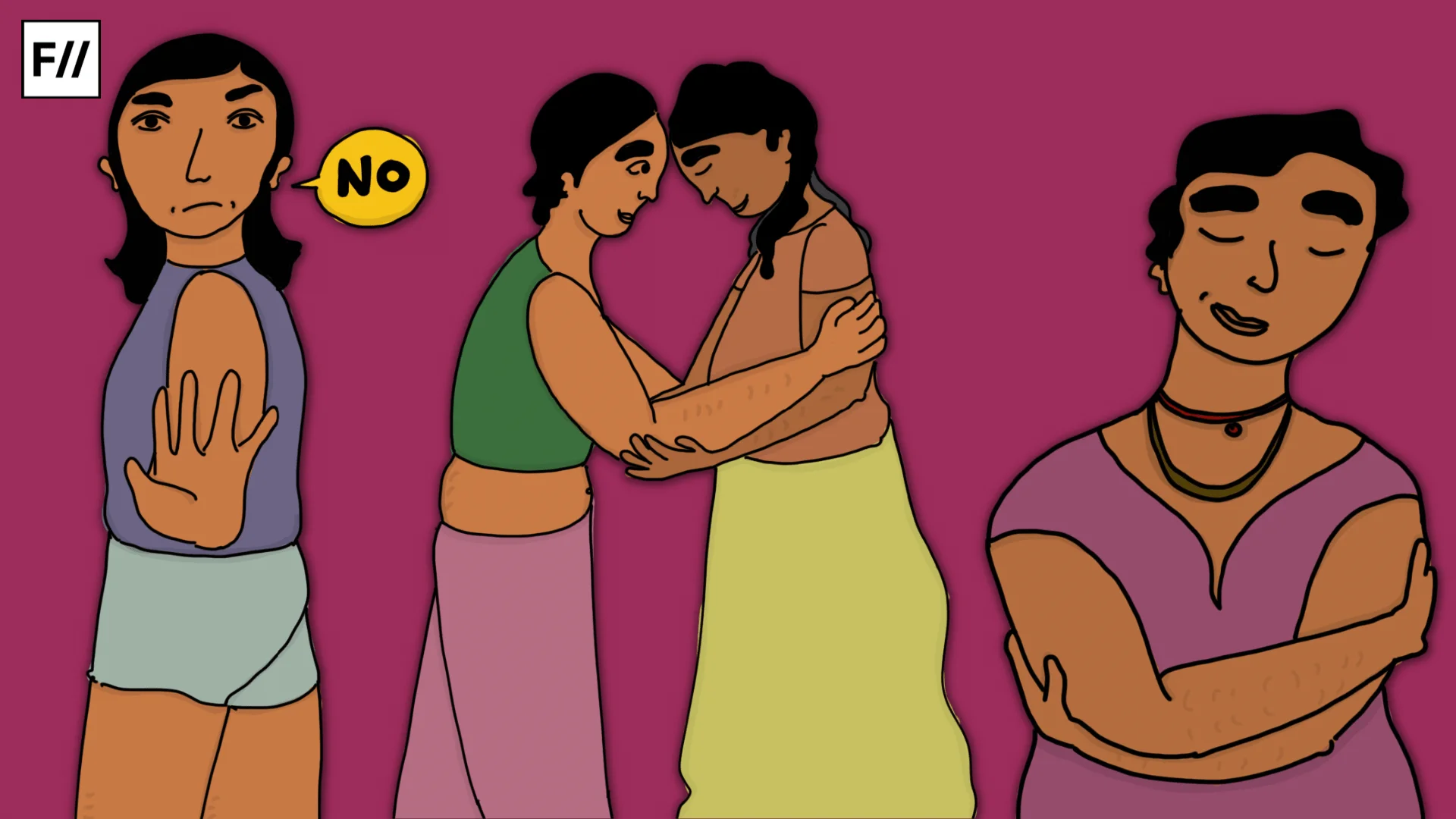Contraceptive methods are vital for reproductive health as they help to prevent unintended pregnancies, decrease the rate of unsafe abortions, and limit the transmission of sexually transmitted infections (STIs), including HIV. While male condoms are commonly known and used, female condoms, also referred to as internal condoms, are relatively unfamiliar despite their considerable advantages. The limited usage arises from a lack of awareness, restricted access, and widespread misconceptions surrounding it.
Female condoms are a barrier type of non-hormonal contraceptive that is meant to be inserted into the vagina during intercourse. They are made of soft, thin synthetic latex or nitrile rubber and create a physical barrier to sperm reaching the egg while simultaneously reducing direct bodily fluid contact, thus lessening the risk of STI transmission.
Female condoms are structured with two elastic rings: one on the closed end that is inserted deep inside the vagina to secure the condom and the other on the open end that remains outside, covering the part of the vulva. The external cover adds an additional layer of protection against STIs, distinguishing female condoms from male condoms, which cover the penis and the areas around it. Female condoms, once used, should be withdrawn slowly and discarded appropriately; they are single-use.
Effectiveness and safety
When used correctly and consistently, female condoms offer up to 95 percent effectiveness in pregnancy prevention. However, with average use, where human mistakes may happen, this effectiveness falls to about 79 percent. This statistic is similar to that of male condoms, which boast an ideal-use efficacy of 98 percent but drop to 82 percent under typical circumstances.
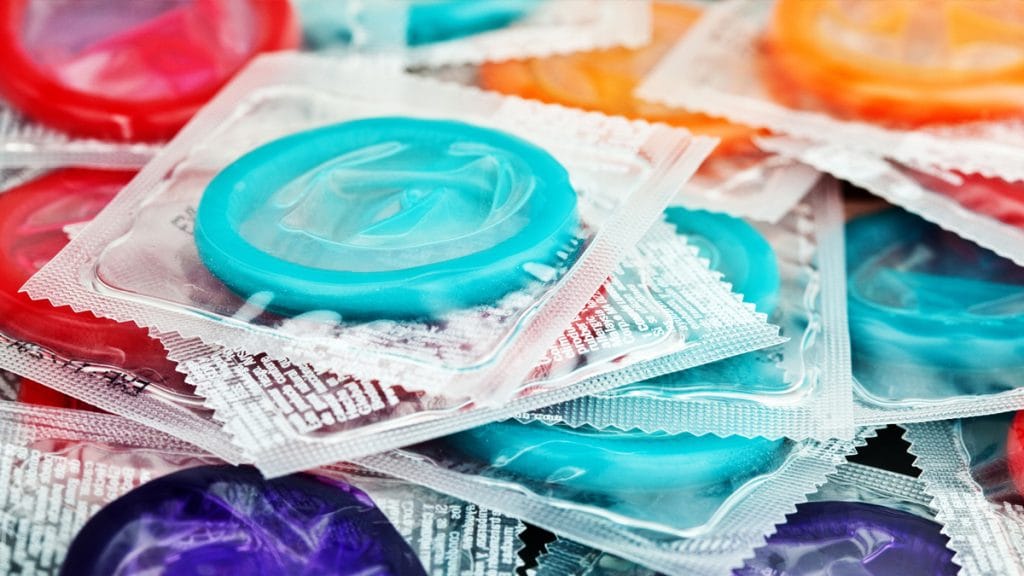
Female condoms are safe for most individuals, including individuals who are recently postpartum, have miscarried, or have had an abortion. Internal condoms will not interfere with the natural hormonal balance of the body, as compared to hormonal methods, so they are an appropriate choice for individuals who have had harmful side effects from hormonal methods.
Nonetheless, certain precautions must be observed. Female condoms should not be used together, at the same time as male condoms, since the friction between the two can heighten the risk of breakage. Furthermore, while internal condoms are robust and sturdy, improper usage, such as incorrect insertion or excessive friction, can lead to tearing.
Accessibility and cost barriers
Although they have their benefits, female condoms are far less available than male condoms. They are available over the counter at pharmacies, family planning clinics, supermarkets, and online retailers; however, their availability is very inconsistent across regions. In India, although male condoms are being made available for free through national family planning programmes, female condoms are far less accessible and frequently must be requested specifically either at the clinics or through online purchases.
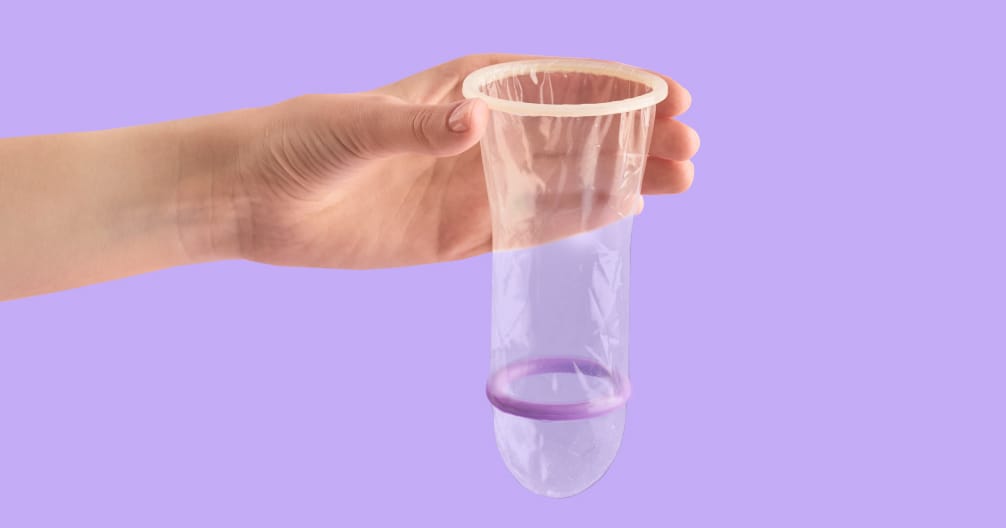
Another issue is the expense. Female condoms are more expensive than male condoms, at ₹300 per unit compared to ₹10–₹20 for male condoms. This makes them less of a feasible alternative to most, particularly those who are economically constrained.
Debunking common misconceptions about female condoms
Several myths exist about female condoms that are responsible for their low prevalence. These myths must be busted with accurate information:
“Female condoms can get lost inside the body.” This is not the case. The vagina is a closed tube, about 10 centimetres long, and the inner ring of the condom keeps it tightly in place. The outer ring is a stop to improper depth of insertion, and thus it is highly unlikely that the condom will be “lost”.
“Condoms used together, male and female, provide an added layer of protection.” However, in reality, the simultaneous use can lead to friction between the two types of condoms, increasing the likelihood of breakage and decreasing their overall effectiveness. It is recommended to use only one condom at a time.
“Female condoms may be reused.” Like the male condom, the female condom should be used only once. Reuse increases the likelihood of breakage and infection, making them ineffective and dangerous.
The role of female condoms in empowering women
In the past, women have borne the burden of contraception, but most current methods, such as oral contraceptives, hormonal implants, and intrauterine devices (IUDs), alter the body’s hormonal functions. Female condoms provide a non-hormonal pathway by which women can continue to have control over their contraceptive use without depending on male cooperation with protective measures.
Female condoms also play an important role in promoting gender equality by empowering women to negotiate safer sex behaviour without needing to depend on their partner’s permission. This is especially important where condom use negotiation can be stigmatised or where women can be discouraged from insisting on their own protection.
According to India’s National Family Health Survey (NFHS-5), among sexually active unmarried women, male condoms rank as the most widely used contraceptive method (27 percent), while female sterilisation is at 21 percent. Despite their advantages, temporary non-hormonal options like female condoms are still underutilised. Their capacity to prevent both pregnancy and STIs makes them a crucial component of sexual and reproductive health. In addition to their contribution to contraception, female condoms also play an important role in promoting gender equality by empowering women to negotiate safer sex behaviour without needing to depend on their partner’s permission. This is especially important where condom use negotiation can be stigmatised or where women can be discouraged from insisting on their own protection. With the advancement of accessibility and information about female condoms, women are empowered to have more control over their sexual health and well-being.
Barriers to adoption and the way forward
The limited usage of female condoms arises from various factors, including lack of awareness, higher expenses, and cultural obstacles. Many people do not know that female condoms exist, and even those who are aware may not understand how to use them properly.
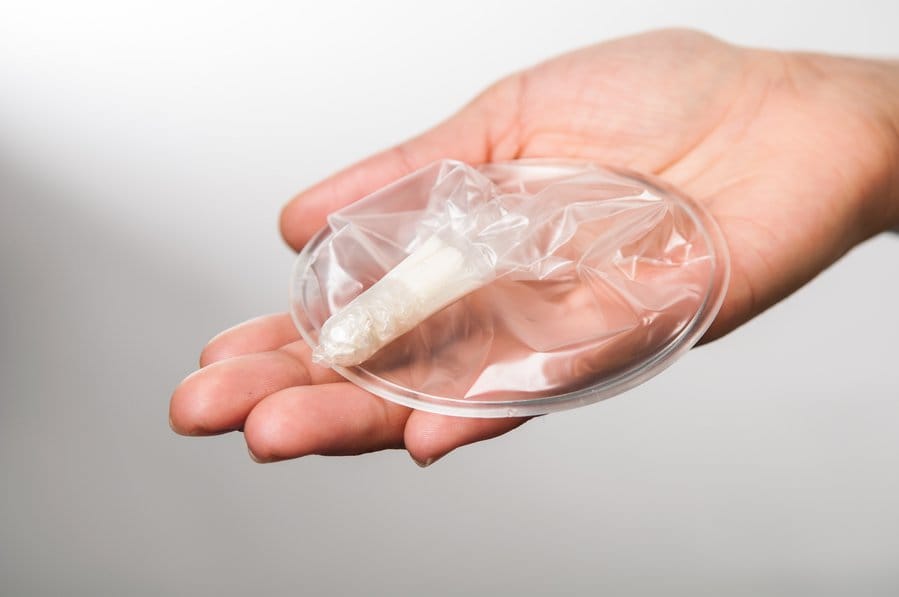
To promote their use, targeted education is needed. Education curricula should provide information on female condoms as part of sexual health programmes, public health interventions, and family planning services. Governments and health agencies should also attempt to increase the availability and affordability of female condoms, either by subsidisation or through national programmes for contraceptive supply.
Another important step is to dismantle the social stigma around women’s sexuality. Discussions around contraception do not include factors like women’s pleasure and control, and thus perpetuate the idea that contraception is only about avoiding pregnancy, not for overall sexual health and pleasure. By normalising discussions about female condoms and their benefits, society can cultivate an environment in which women feel empowered to make informed decisions regarding their reproductive health. As reproductive health continues to advance, ensuring that women have access to a range of contraceptive options, including female condoms, is an essential step toward achieving gender equality in sexual health decision-making.
About the author(s)
As a digital editor and media professional with a postgraduate degree from TISS Mumbai, my work is rooted in human rights storytelling across South Asia. I explore the intersections of caste, class, and gender, using media as a tool for advocacy and resistance.
